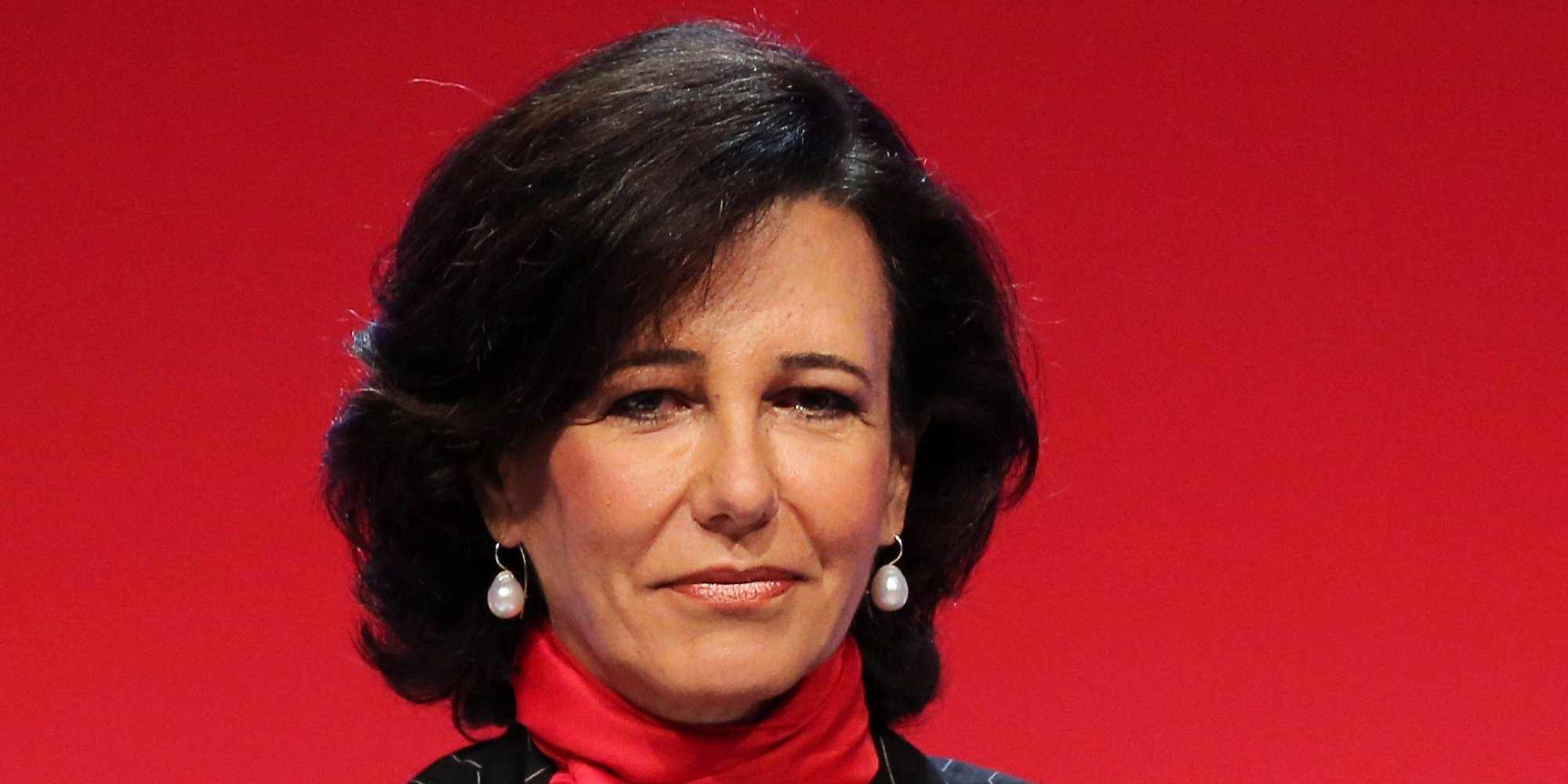Andrew Feltus, Pioneer Investments: The Fed Wants to Increase Rates, but is Afraid to Kill the Cycle
| For Fórmate a Fondo | 0 Comentarios

Despite having very limited public spending, the United States is the fastest growing developed economy. What has changed during the past year in the U.S. economy? Andrew Feltus, Director of High Yield and Bank Loans, is Portfolio Manager of Pioneer Funds – Global High Yield, Pioneer Funds – U.S. High Yield, and Pioneer Funds – Strategic Income. With extensive experience managing a wide range of debt securities globally, including emerging markets and foreign exchange, Feltus narrows in his focus to review the situation for the U.S. credit markets at the Investment Seminar “Embrace New Sources of Return” which was recently held in Miami by the fund management company.
“In the past year, the fall in energy prices has led to a change in consumer behavior. The ordinary citizen has used the money from gas savings to pay down their debts and increase their savings” says Feltus. Right now, the U.S. consumer has much more flexibility and a bigger cushion than in 2008. “Banks are also much more robust.”
On the other hand, employment and wage inflation are doing relatively well, positively influencing consumption and services, “which make up the bulk of the U.S. economy.”
Energy and Liquidity the Black-Spots of the Credit Market
The companies which have suffered are almost exclusively in the energy sector. “In this industry, there are defaults, job losses, and reduced earnings per share. This doesn’t only affect the companies directly related to the energy industry, but all of those which service it indirectly, especially those related to shale gas.” The plight of this sector has infected the whole high yield credit market in the U.S., which with its 600 bp spreads are discounting a default rate of 7.5%, when in fact the default rate is at 2.5% (ex-energy data, end of September).
“This really seems too much,” says Feltus. Although he also adds that, until it is clear where the oil price points to, they are not looking to increase their exposure to the energy sector, because “the valuation is very attractive, but the fundamentals are very uncertain.”
An additional problem, which affects the whole credit market, is liquidity. “Liquidity is trash these days,” points out Feltus. “The lack of liquidity is what is causing credit spreads outside the energy sector, but if the problem is solved, there is now an opportunity to enter.”
Is this Enough to Curb the Fed?
Feltus explains how, historically, the worst time for the credit markets is from 3 to 6 months before the Fed begins to raise rates, “but the trouble this time is that we have been postponing the expectations of the first rate rise for almost a year. The Fed wants to raise interest rates, but does not want to kill the cycle, which is pretty nice.” Feltus, like many other voices in the industry, believes that probably at this point the market would react well to the first hike as long as the message continues to be one of gentle rises.
He also points out that the QE program ended a year ago, and the Fed’s balance sheet has been contracting since, “so, on that side, there has been some ‘tightening’ of monetary policy.” Meanwhile, general inflation is under control, but it is true that as you break down the index, energy prices have a big effect. In fact, inflation in the service sector is slightly above 2% -the Fed’s target-. In any case, “the reality is that rarely in the Fed’s history -only twice- it has raised rates with the GDP growing below 4%, which is the current situation.”
Barbell Strategy to Extend Duration
Due to the economic slowdown seen outside of the United States, and inflation expectations falling to lows since 2008, the Strategic Income Fund team has decided to be less short in duration than previously, but through the purchase of TIPS –long-term bonds linked to inflation-, which should benefit from a normalization in inflation expectations. “There is no value in buying Treasuries right now, unless you’re considering a scenario of recession, something we do not see at this time,” says Feltus.
An effect that is repeated in the history of the Fed’s upward cycles is the flattening of the curve, with a much greater effect on the shorter half of the curve. Faced with these prospects, the team is using a Barbell strategy in the portfolio, with very short-term bonds on one side, and TIPS on the other, to lengthen the portfolio’s duration and neutralize this effect.
Finally, Feltus declares himself to be a great fan of the dollar. “We have less exposure to currencies other than the dollar than what we have had in our history.”



